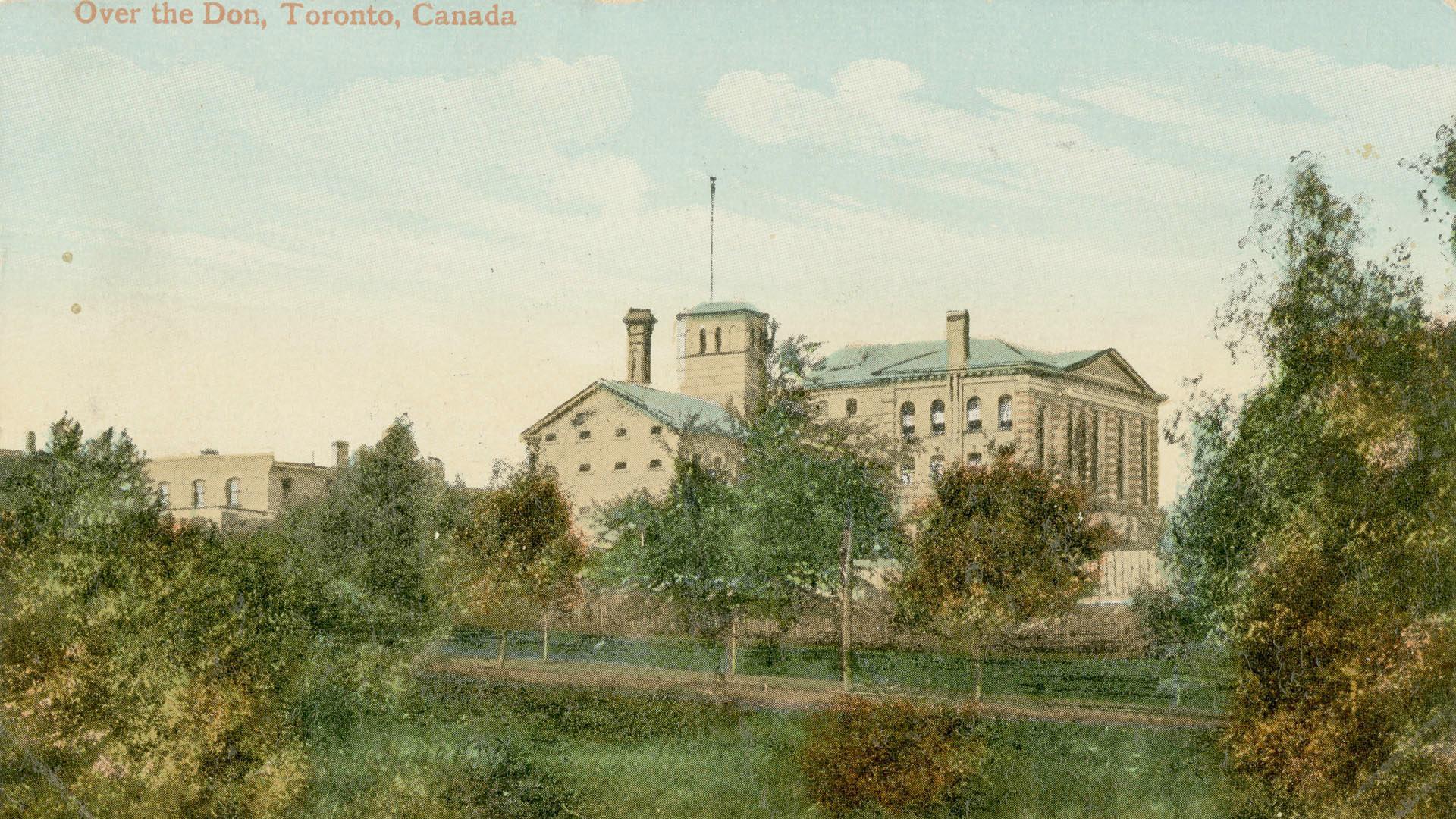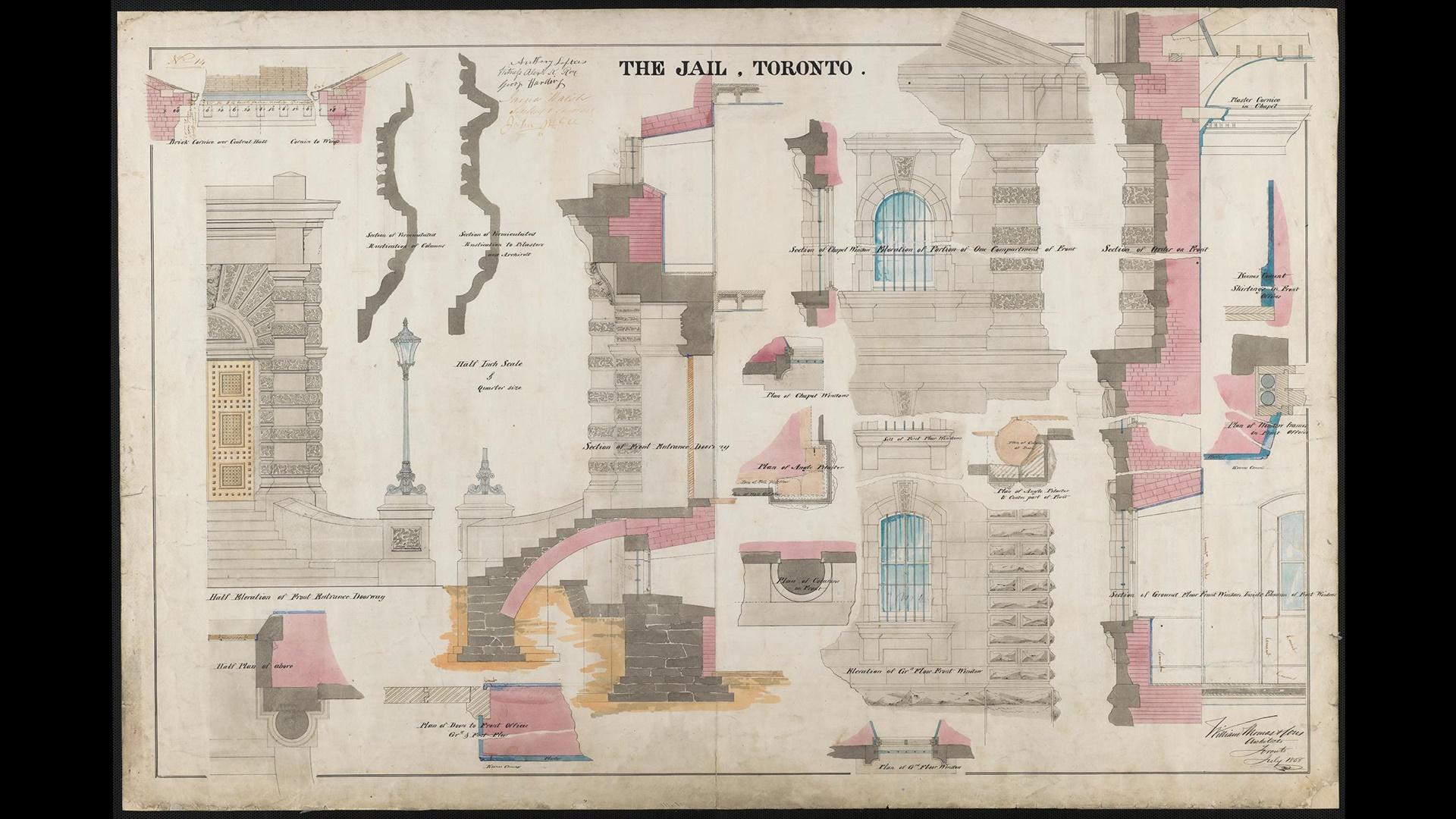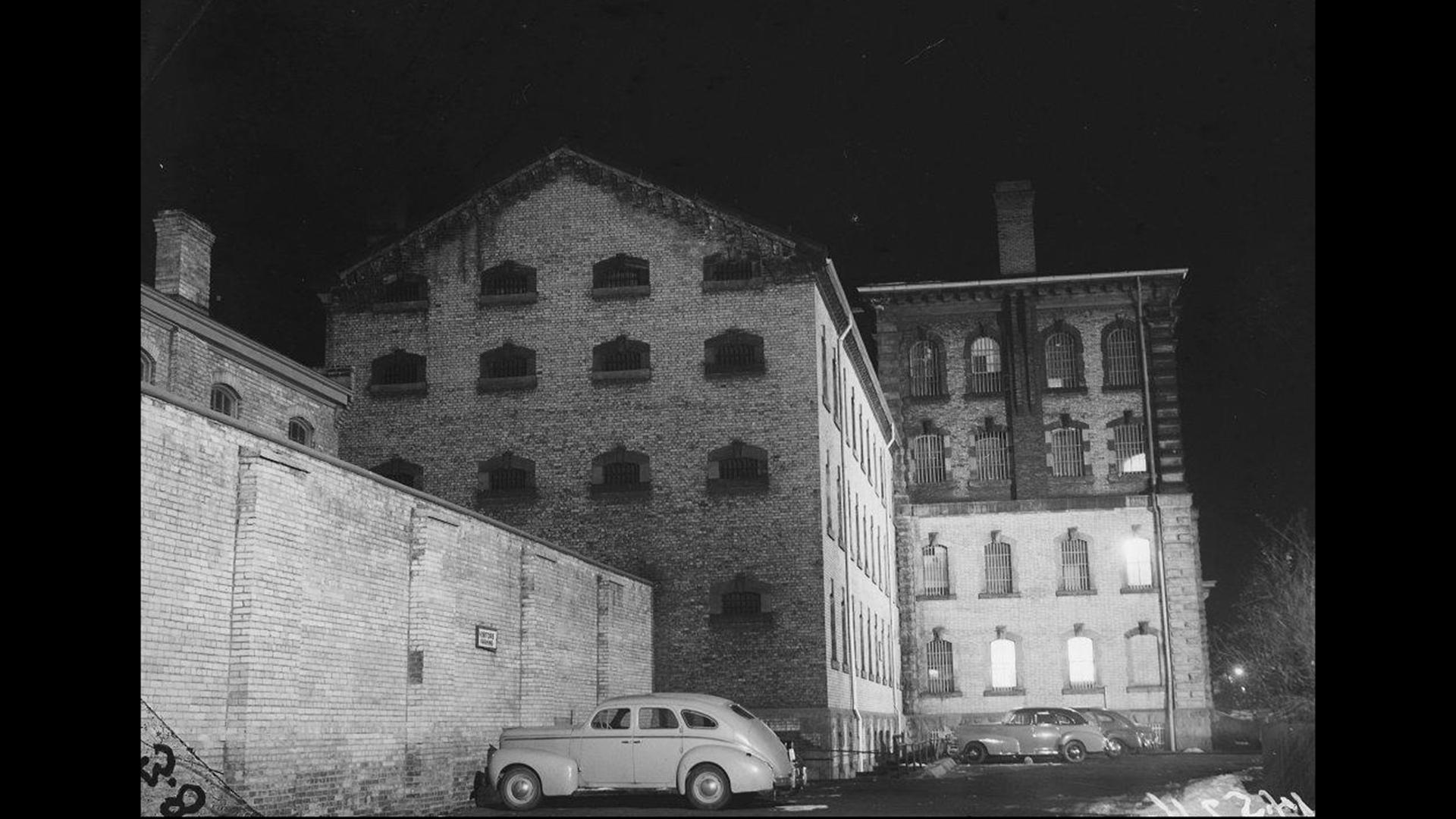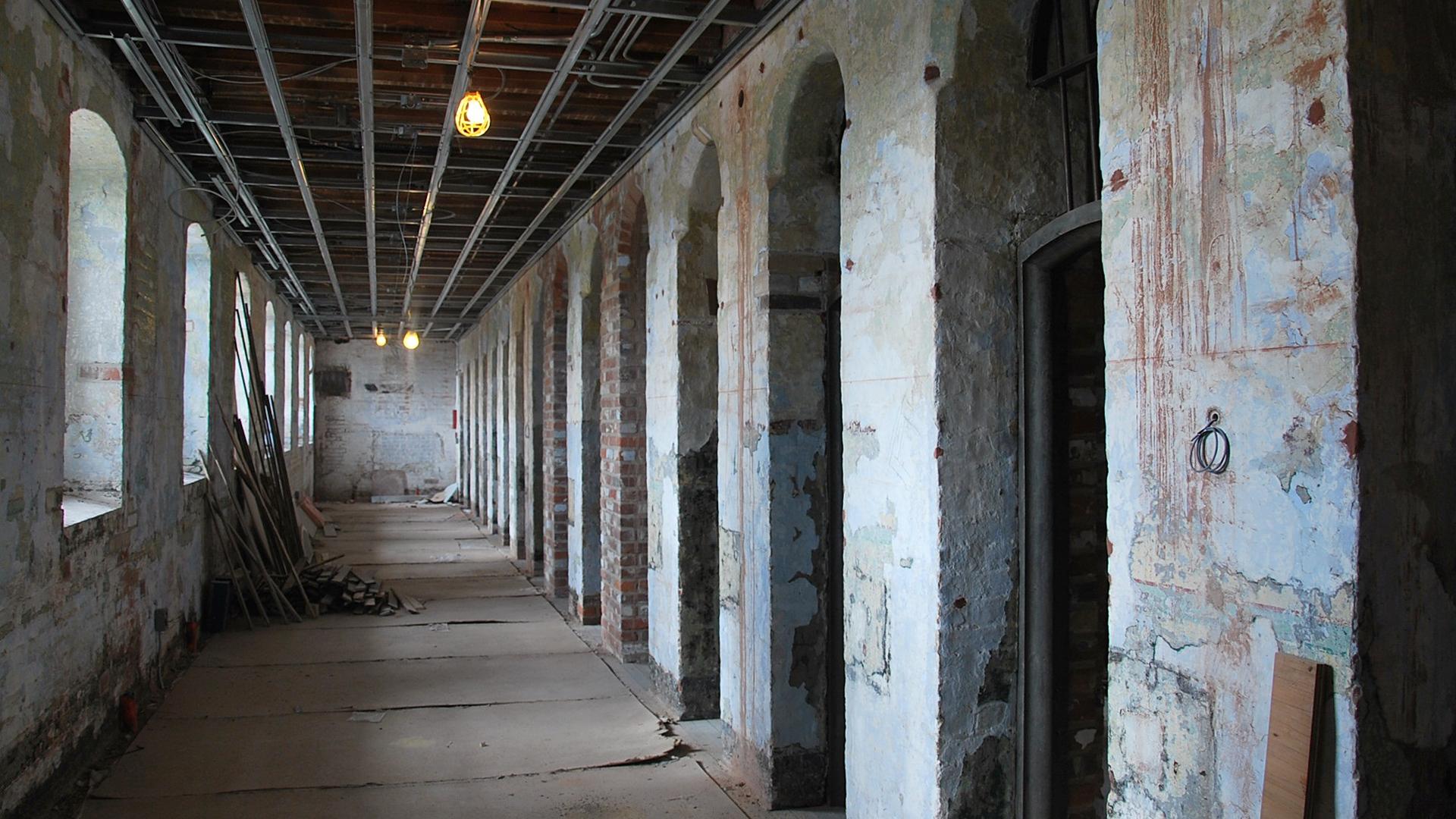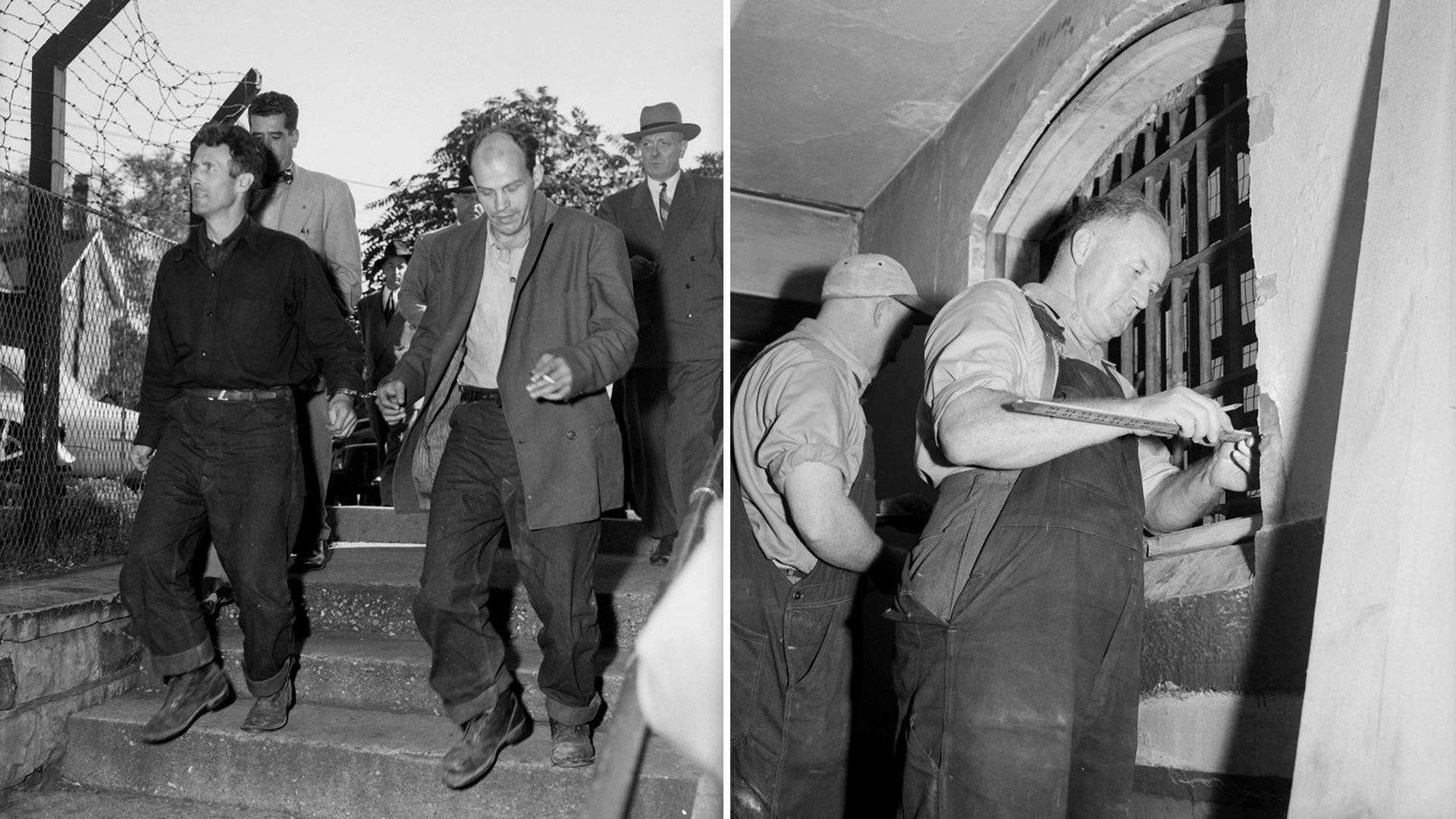The Historic Don Jail
The historic Don Jail has been transformed from a place of incarceration to one of innovation.
Located on the Hennick Bridgepoint Hospital campus, the more than 150-year-old structure is now the hospital’s administration building. This fresh purpose is the result of an adaptive re-use plan that has preserved and restored the heritage site.
When it first opened in 1864, people called the Don Jail a palace in comparison to other jails in Toronto. This was either a criticism or a compliment, depending on who you asked. Large windows offered natural light. An exercise yard provided a place for fresh air and recreation. And the facility was built on a working farm with the intent that prisoners could learn a skill or trade.
All of this was meant to fulfill the concept of a reform jail – a place where prisoners would leave better off than when they arrived. As a result, some prison reform advocates expected to see the jail’s population shrink, since reformed prisoners would not need to return.
Unfortunately, the Don Jail didn’t live up to these very high expectations. The jail was often overcrowded, and it could not address the issues of poverty, mental illness and alcohol addiction that plagued many of its prisoners. Still, the facility stood the test of time, operating until 1977.
Today, after more than a century as a jail and decades standing empty, the building serves a dual purpose as both the hospital administration building and as a place to learn about Toronto’s history.
The Don Jail is open to the public for self-guided tours during regular office hours: Monday to Friday from 9 a.m. to 5 p.m. (excluding holidays).
Read on to learn more about the historic Don Jail and its restoration.
Administration Building
Hennick Bridgepoint Hospital
1 Bridgepoint Drive
See maps, directions and parking for Hennick Bridgepoint Hospital.
The historic Don Jail is located in the Administration Building, southeast of the main hospital entrance.
Phone: 416-461-8252
Open for self-guided tours
Monday to Friday
9 a.m. to 5 p.m.
The historic Don Jail will be closed to public viewing on Friday, September 19.
We encourage visitors to plan their visit before September 19 or return when we reopen on Monday, September 22.








